Japan’s railway system is a marvel of modern transportation—efficient, punctual, and reaching nearly every corner of the country, from bustling metropolises to serene rural villages. For travelers seeking to experience the full breadth of Japanese culture and landscapes, the Japan Rail Pass offers unparalleled value and convenience.
This single ticket provides unlimited access to most JR trains, including the famous bullet trains (Shinkansen), allowing visitors to craft remarkable journeys spanning multiple regions without worrying about individual fare calculations. Here is a list of 20 extraordinary experiences accessible with a single Japan Rail Pass, creating the ultimate rail adventure across this fascinating island nation.
Tokyo Station and Its Imperial Legacy
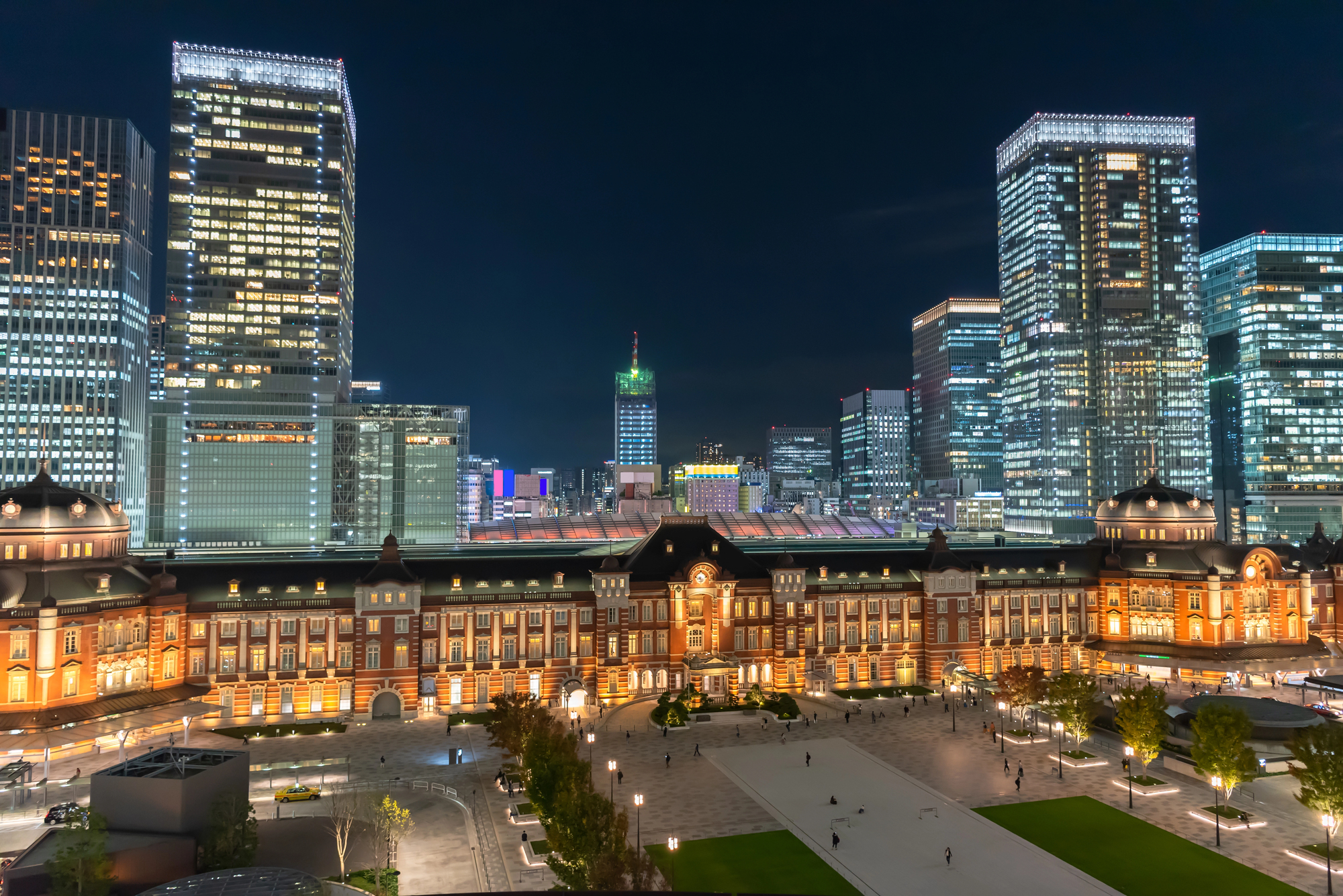
Begin your rail journey at Tokyo’s magnificent central station, an architectural gem that balances historic red-brick design with ultra-modern platforms serving bullet trains. The recently restored Marunouchi side faces the Imperial Palace, creating a striking contrast between traditional authority and modern efficiency.
The station’s internal passageways host excellent restaurants serving regional specialties, making it both a transit hub and a cultural introduction to Japan’s rail culture.
The Snow Country of Niigata

Journey through Japan’s mountainous spine to Niigata Prefecture, where heavy winter snowfall creates a landscape immortalized in Nobel Prize-winning literature. The Joetsu Shinkansen burrows through mountains that once isolated these communities, delivering travelers to regions famous for sake production and outdoor hot springs set against snowy backdrops.
Winter visitors can access world-class ski resorts directly by train, while summer reveals lush rice fields and traditional festivals.
Kyoto’s Temple Circuit
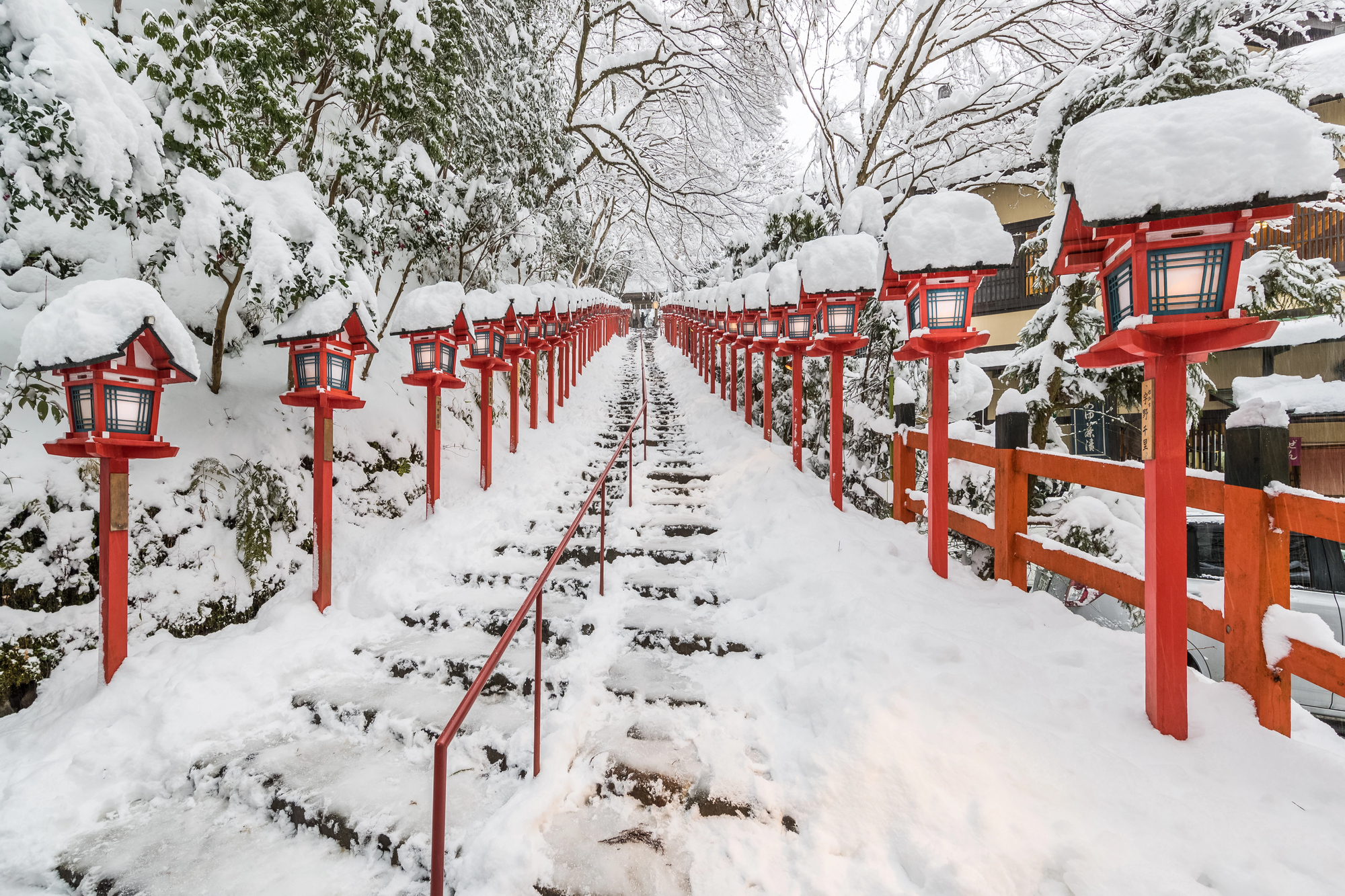
Japan’s ancient capital offers seventeen UNESCO World Heritage sites accessible via the city’s efficient bus network, easily reached by Shinkansen from Tokyo in just over two hours. The JR Pass covers local JR lines within Kyoto, connecting visitors to major destinations like Arashiyama’s bamboo groves and the Fushimi Inari shrine with its thousands of vermilion gates.
The city’s preserved wooden architecture and traditional gardens provide perfect counterpoints to Tokyo’s modernity.
Like Travel Pug’s content? Follow us on MSN.
The Floating Gate of Miyajima

Travel to Hiroshima and transfer to a JR ferry (included with the rail pass) to reach the sacred island of Miyajima with its iconic ‘floating’ torii gate. The vermillion structure appears to hover above the water during high tide, creating one of Japan’s most photographed scenes.
The island’s walking paths lead through forests where friendly deer roam freely among ancient temples and modern cafés serving local specialties like maple-leaf-shaped cakes.
Fukuoka’s Culinary Delights
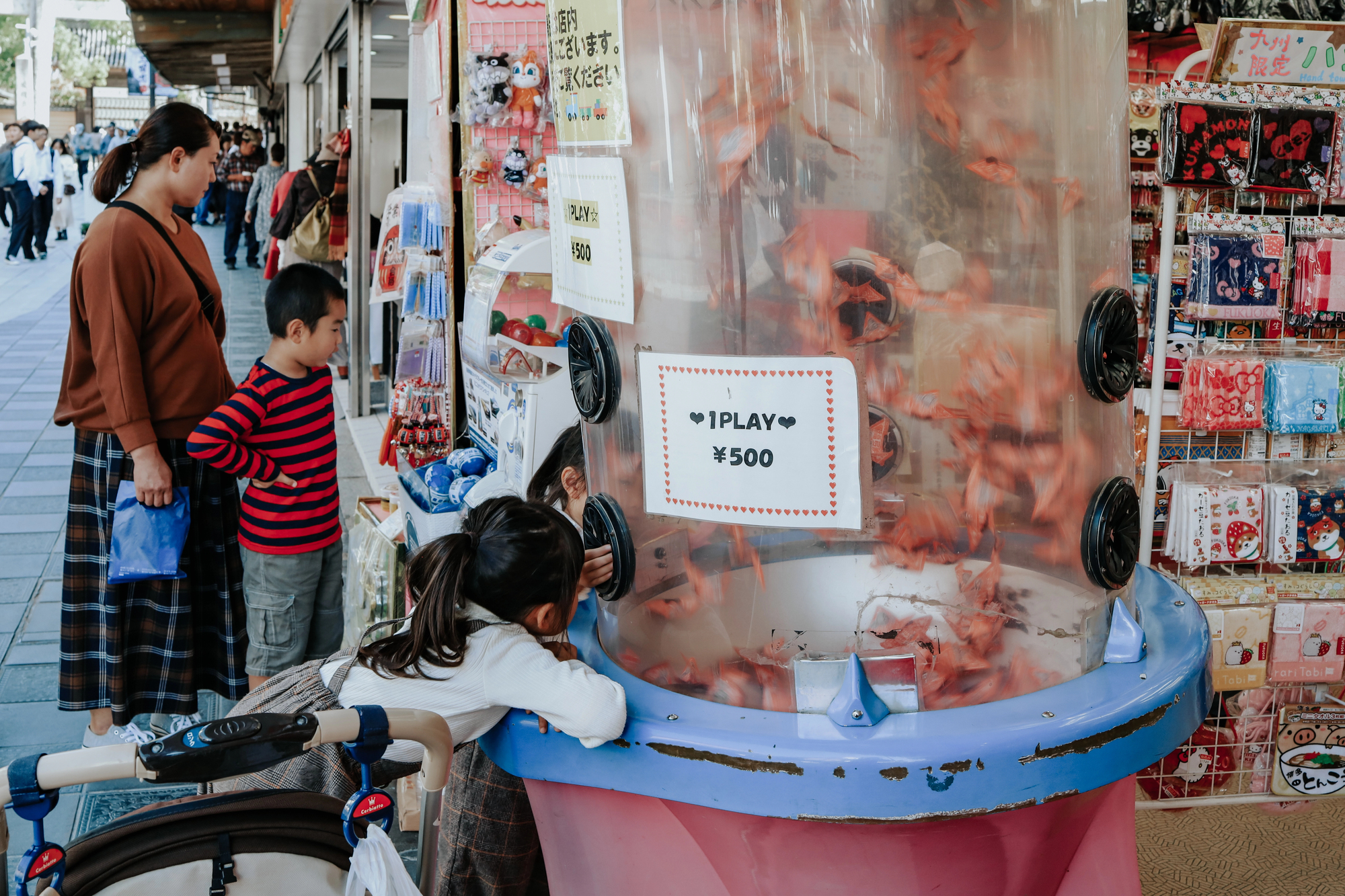
The Shinkansen extends to Kyushu island, reaching Fukuoka, a city renowned for its vibrant food culture centered around yatai (street food stalls) that appear at sunset along the river. The regional specialty tonkotsu ramen features rich pork broth and thin noodles, which were initially developed to satisfy hungry laborers.
The city’s coastal location ensures exceptional seafood, while nearby day trips accessible with the rail pass lead to hot springs and historic castle towns.
Nagano’s Snow Monkeys
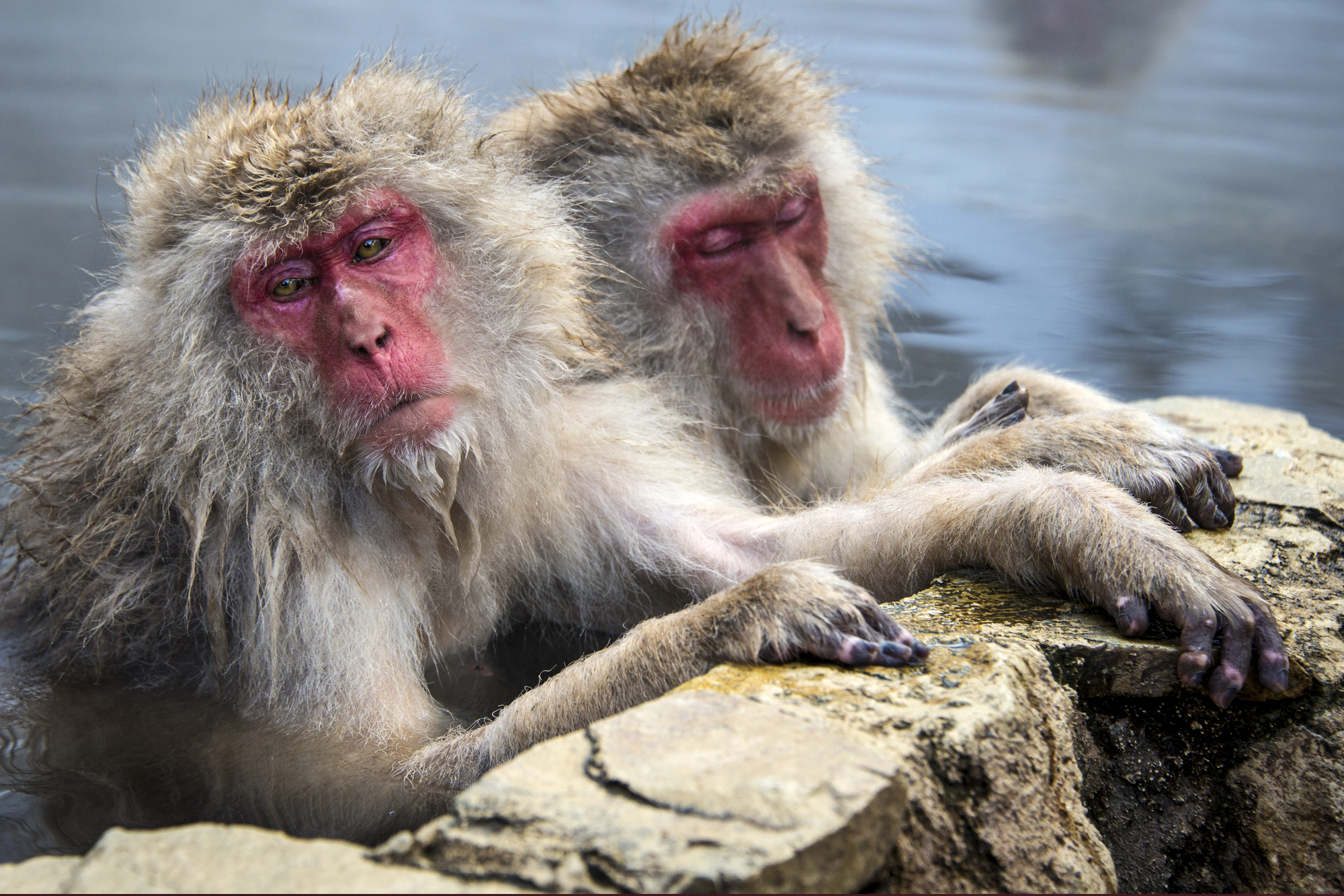
The Hokuriku Shinkansen speeds travelers from Tokyo to Nagano, the host city of the 1998 Winter Olympics and gateway to the famous snow monkeys of Jigokudani. These wild Japanese macaques bathe in steaming natural hot springs surrounded by snow, creating a uniquely Japanese wildlife experience.
The nearby historic town of Obuse preserves the legacy of the famous artist Hokusai, while traditional accommodations offer visitors authentic regional cuisine featuring mountain vegetables and mushrooms.
Like Travel Pug’s content? Follow us on MSN.
Tohoku’s Hidden Treasures

Northern Honshu’s Tohoku region remains overlooked by many international visitors despite offering some of Japan’s most atmospheric festivals, pristine natural landscapes, and preserved traditional culture. The Tohoku Shinkansen provides access to Aomori’s spectacular Nebuta Festival, Akita’s samurai districts, and Yamagata’s spiritual mountains, where ascetic monks still practice austere traditions.
The region’s relative isolation has preserved cultural practices that have faded elsewhere, creating uniquely authentic experiences.
Osaka’s Urban Energy
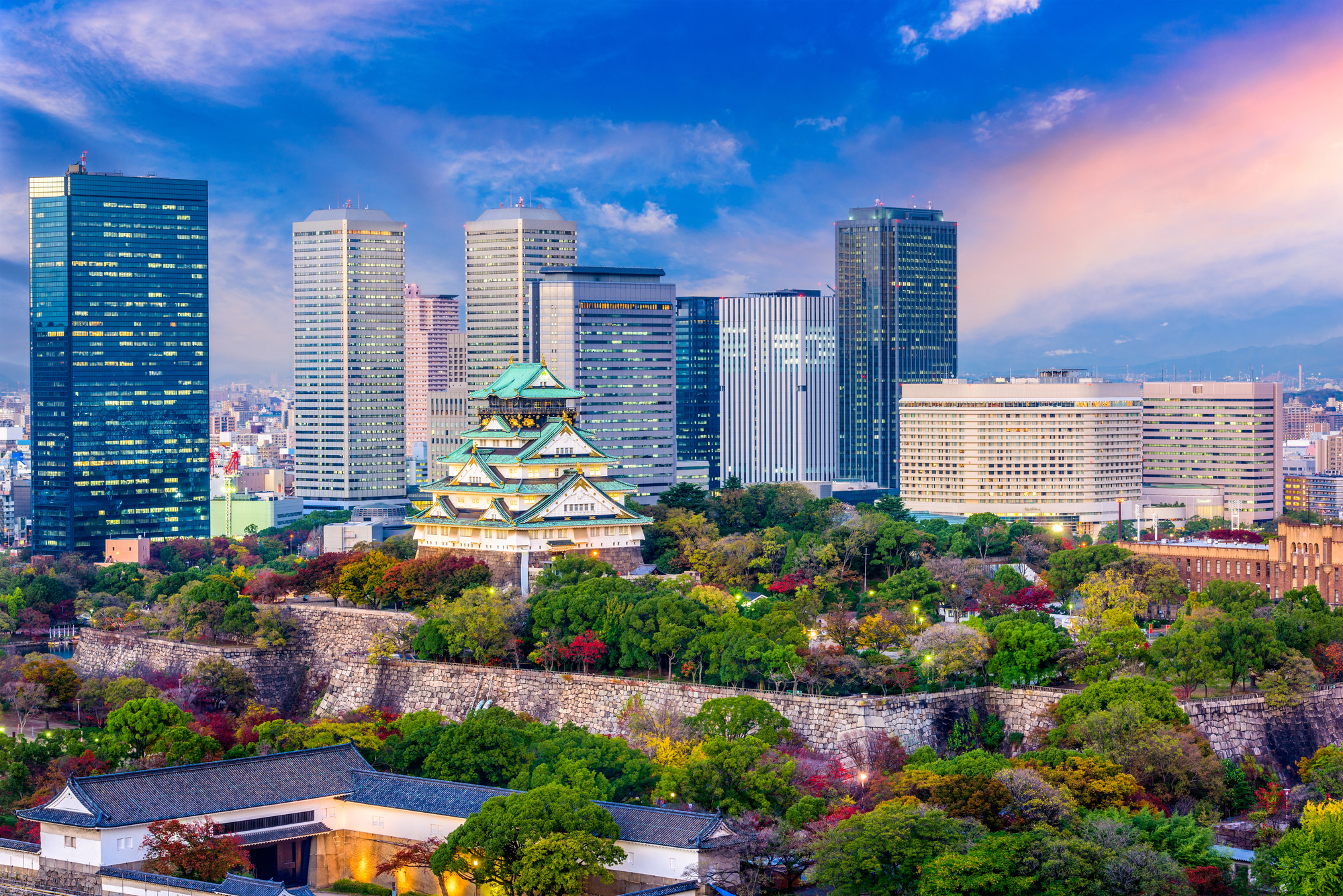
Japan’s third-largest city pulses with commercial energy and culinary passion, just a 15-minute Shinkansen ride from Kyoto. The city’s motto of kuidaore (‘eat until you drop’) reflects its status as Japan’s kitchen, where street foods like takoyaki (octopus) and okonomiyaki (savory pancakes) originated.
Osaka Castle provides historical context, while the neon-lit Dotonbori district exemplifies modern urban Japan with its theatrical restaurant signs and pulsing nightlife.
The Art Islands of the Seto Inland Sea

From Okayama station, connect to ferry services reaching the remarkable art islands of Naoshima, Teshima, and Inujima, where contemporary installations occupy repurposed industrial spaces and integrate with natural landscapes. The Benesse House complex and Chichu Art Museum, designed by Tadao Ando, showcase works by Claude Monet, James Turrell, and Walter De Maria in extraordinary architectural settings.
These islands represent Japan’s successful fusion of avant-garde art with rural revitalization.
Like Travel Pug’s content? Follow us on MSN.
Hakone’s Volcanic Landscapes
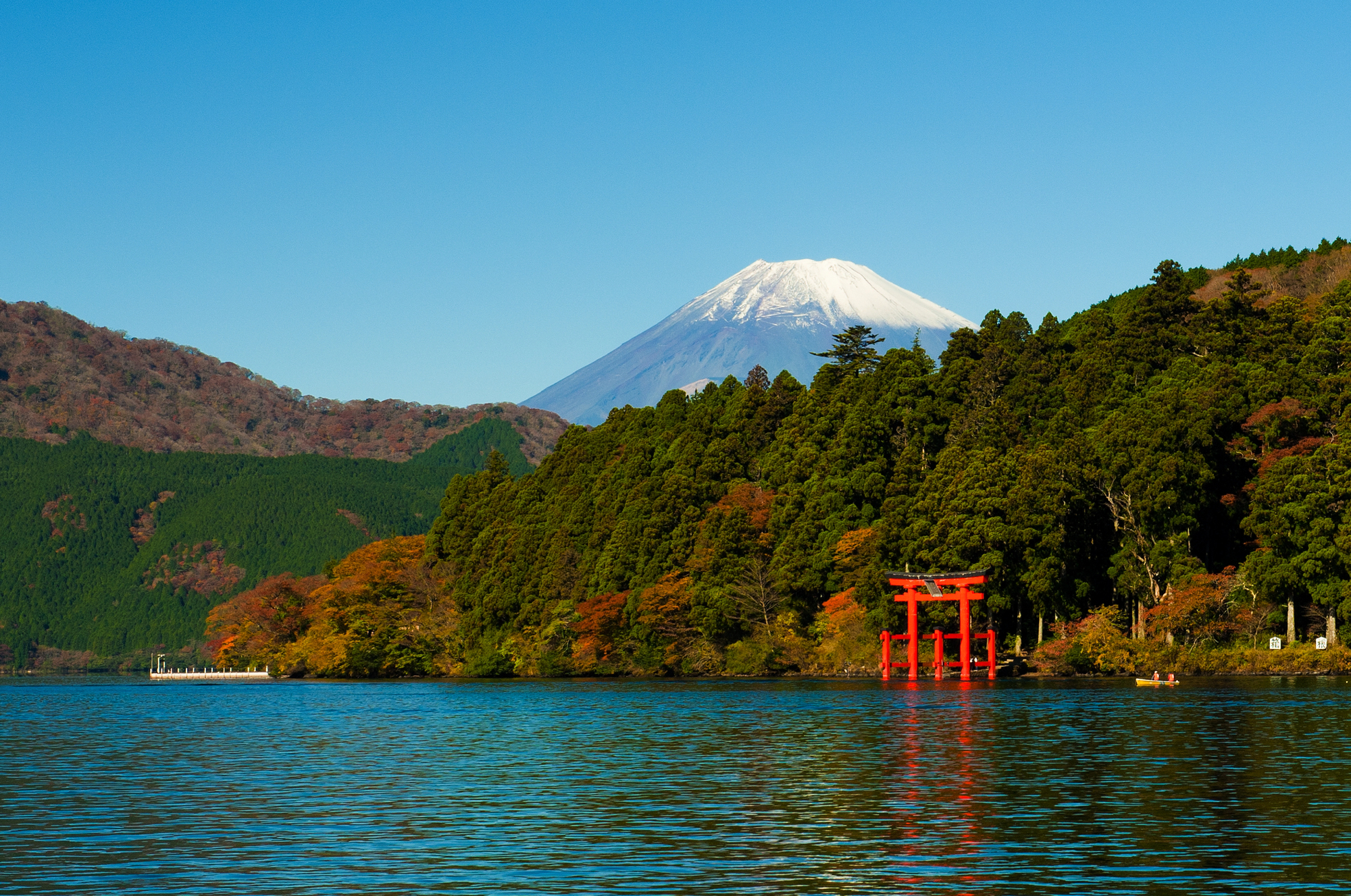
This mountainous resort area provides Tokyo residents with weekend escapes and offers visitors a perfect rural counterpoint to urban experiences. The Hakone Free Pass (purchased separately but accessed via JR lines covered by the rail pass) creates a circuit involving trains, cable cars, ropeways, and a pirate ship traversing Lake Ashi with views of Mount Fuji.
The area’s geological activity creates numerous hot springs ranging from historic public baths to luxury private facilities.
Takayama’s Preserved Edo Streets
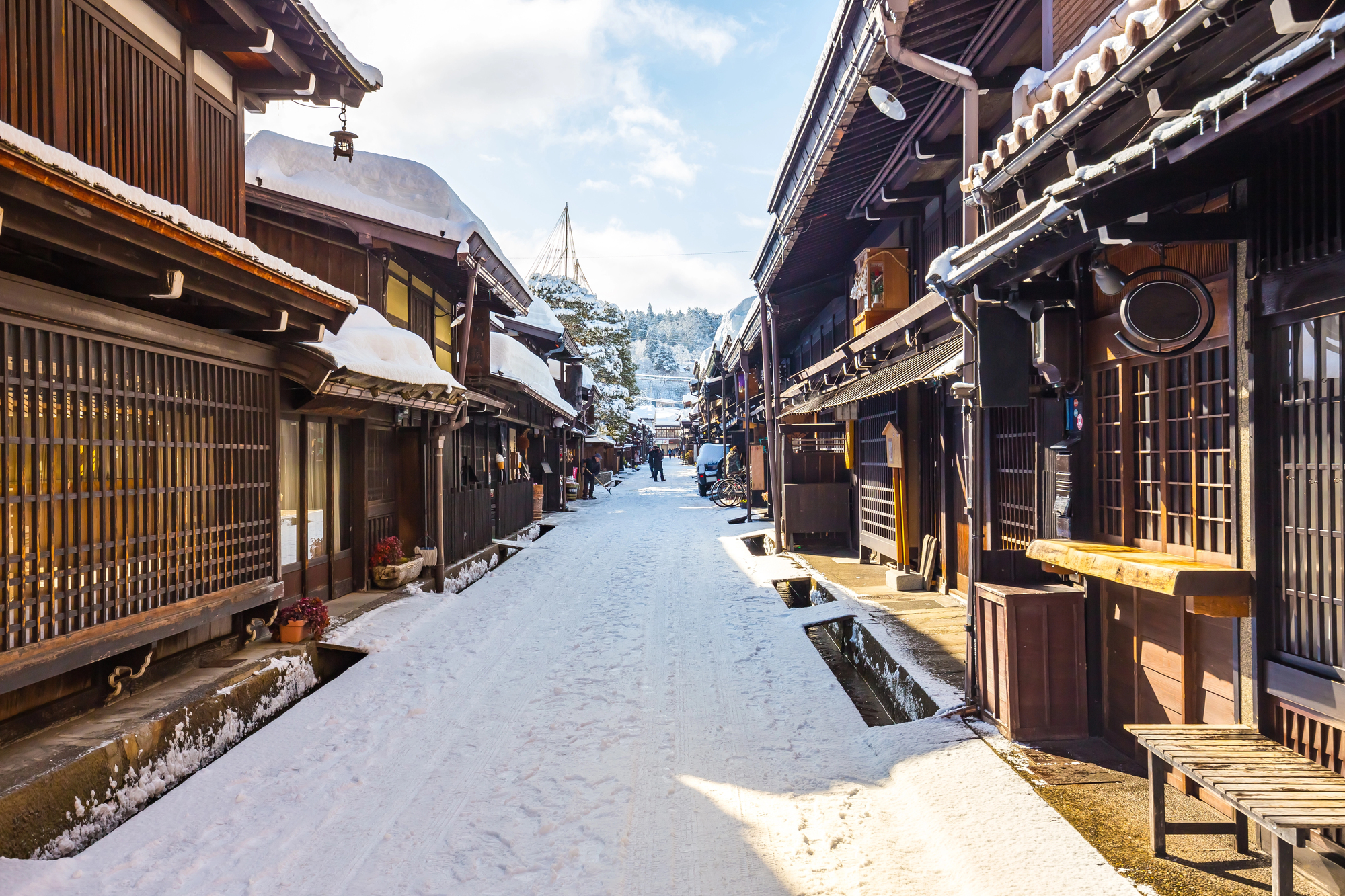
Journey into the Japanese Alps to reach this beautifully preserved town, whose isolation protected its traditional wooden merchant houses from modernization and wartime bombing. The bi-annual festival features elaborate mechanical floats dating back centuries, while daily morning markets showcase regional crafts and agricultural products.
The surrounding Hida region offers spectacular mountain scenery and traditional farmhouses with distinctive steep-pitched thatched roofs designed for heavy snowfall.
Hakodate’s European Influences
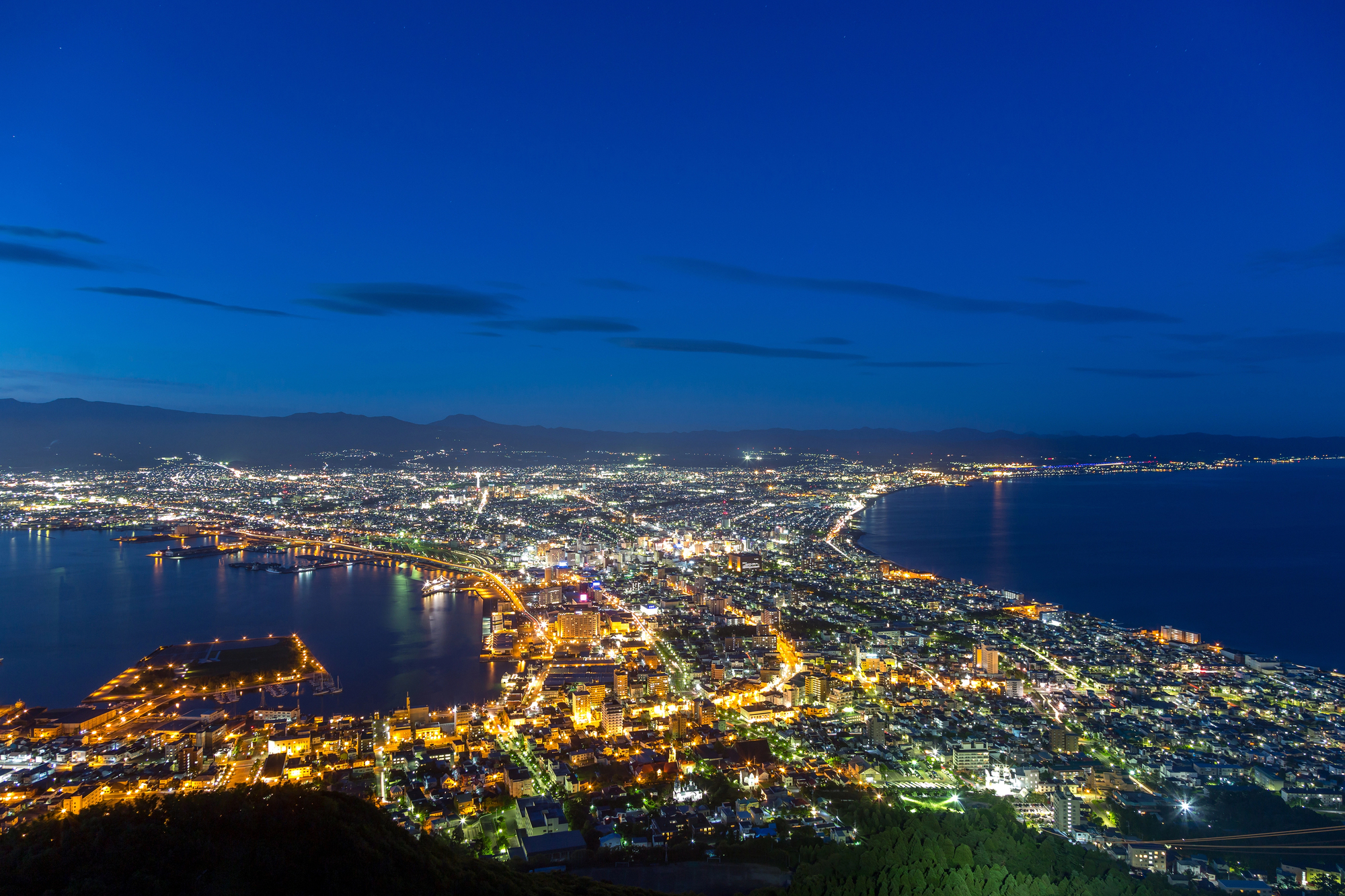
The southern city of Hokkaido was among Japan’s first ports opened to foreign trade in 1854, creating a unique architectural blend visible in the Western-style buildings climbing Mount Hakodate. The night view from the summit ranks among Japan’s most spectacular urban vistas, while the morning market offers the freshest seafood from Japan’s northernmost main island.
The star-shaped Goryokaku Fort provides historical context for Japan’s rapid modernization during the Meiji Restoration.
Like Travel Pug’s content? Follow us on MSN.
Kamakura’s Ancient Zen Temples
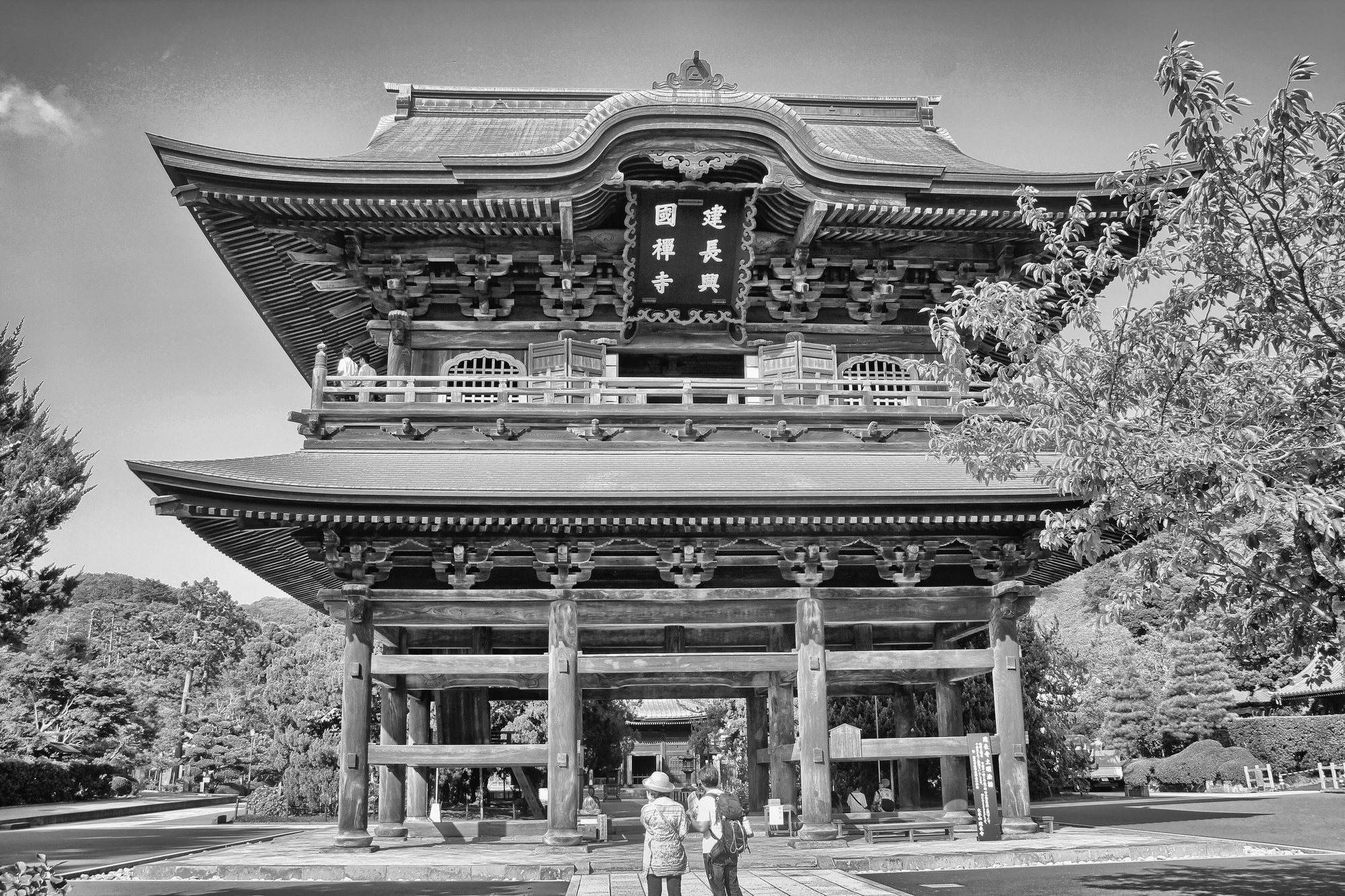
Just an hour from Tokyo on the JR Yokosuka Line, this coastal city served as Japan’s political center during the 12th-14th centuries and maintains atmospheric temple complexes set among forested hills. The monumental bronze Buddha statue at Kotoku-in Temple has survived tsunamis and earthquakes since its construction in 1252.
Hiking trails connect major temples, creating spiritual pilgrimages through bamboo groves and past hidden statues carved into hillsides.
Kanazawa’s Traditional Crafts
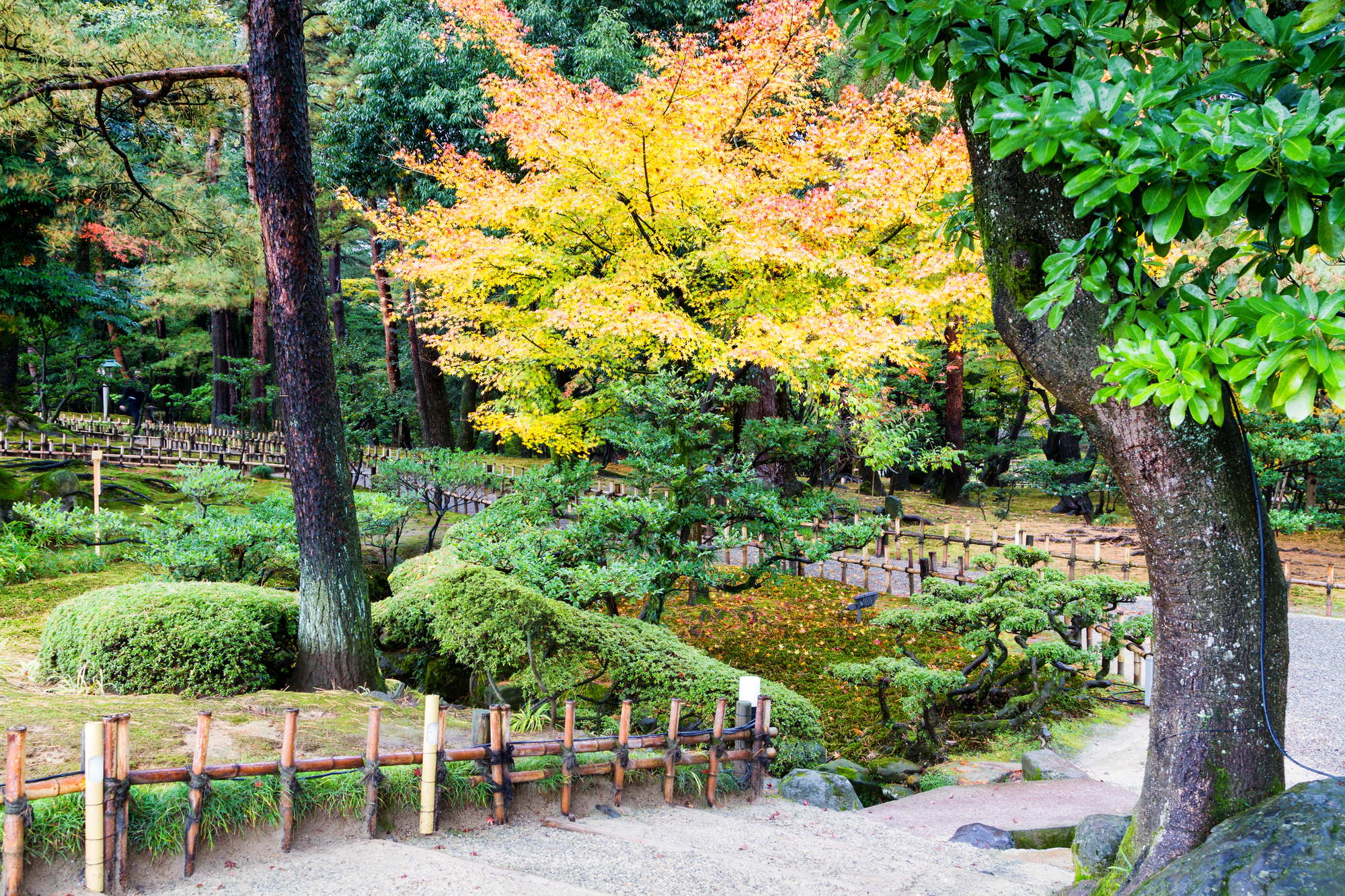
The Hokuriku Shinkansen extended in 2015 to reach this city, which is famous for its gold leaf production, traditional gardens, and preserved geisha and samurai districts. Kenrokuen Garden exemplifies Japanese landscape design principles across its spacious grounds, while the 21st Century Museum of Contemporary Art provides modern contrast with innovative architectural spaces.
The Omicho Market offers culinary specialties, including some of Japan’s finest seafood drawn from the nearby sea.
Nikko’s Ornate Shrines
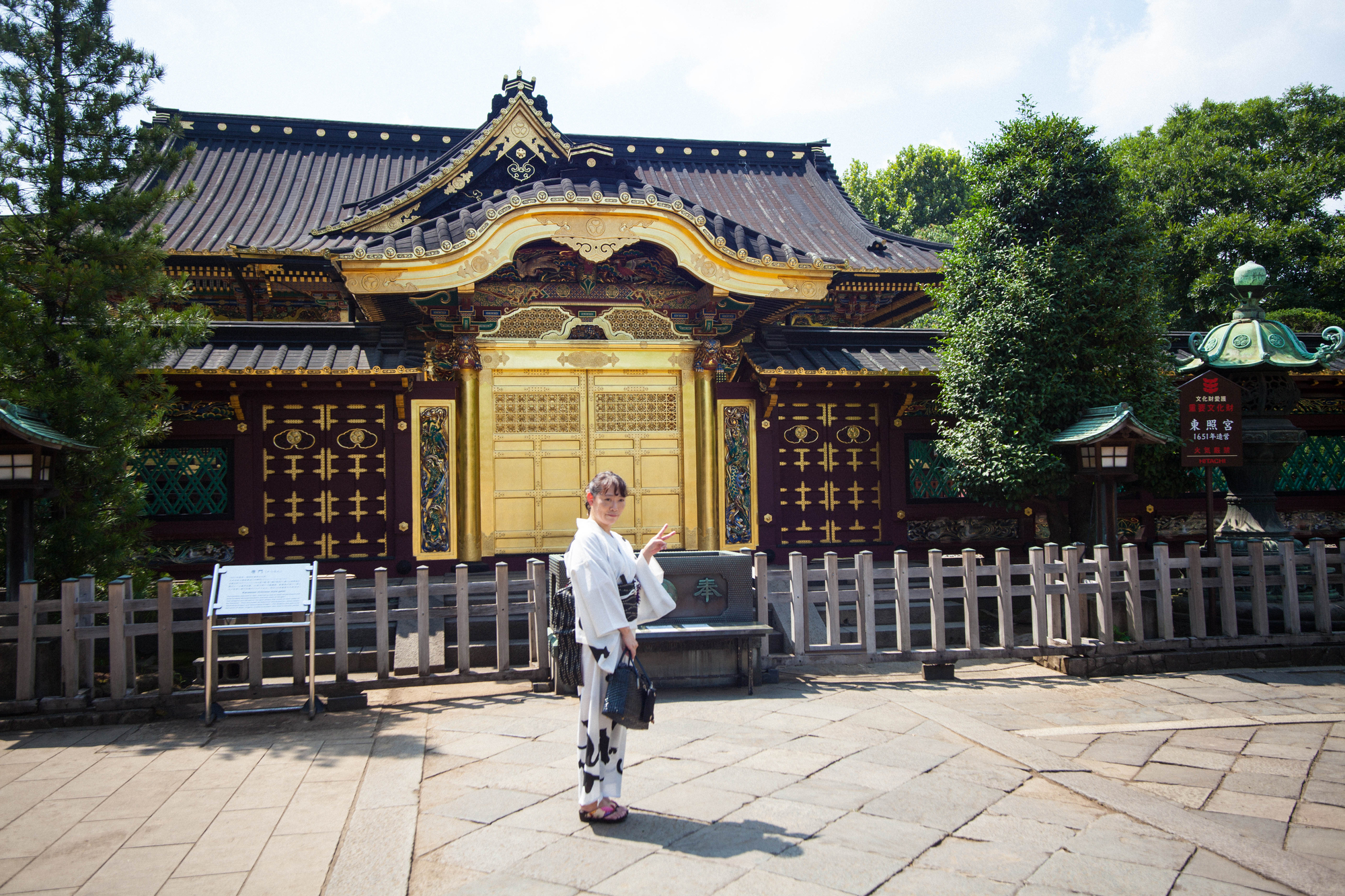
Express trains from Tokyo reach this UNESCO World Heritage site in under two hours, delivering visitors to Japan’s most elaborately decorated religious structures. The Toshogu Shrine, which was dedicated to Tokugawa Ieyasu, founder of the last shogunate, features over 5,000 carvings, including the famous ‘see no evil’ monkeys.
Mountain paths lead to spectacular waterfalls and volcanic lakes, while historic ryokan (traditional inns) offer overnight visitors access to natural hot springs.
Like Travel Pug’s content? Follow us on MSN.
Koyasan’s Buddhist Retreat
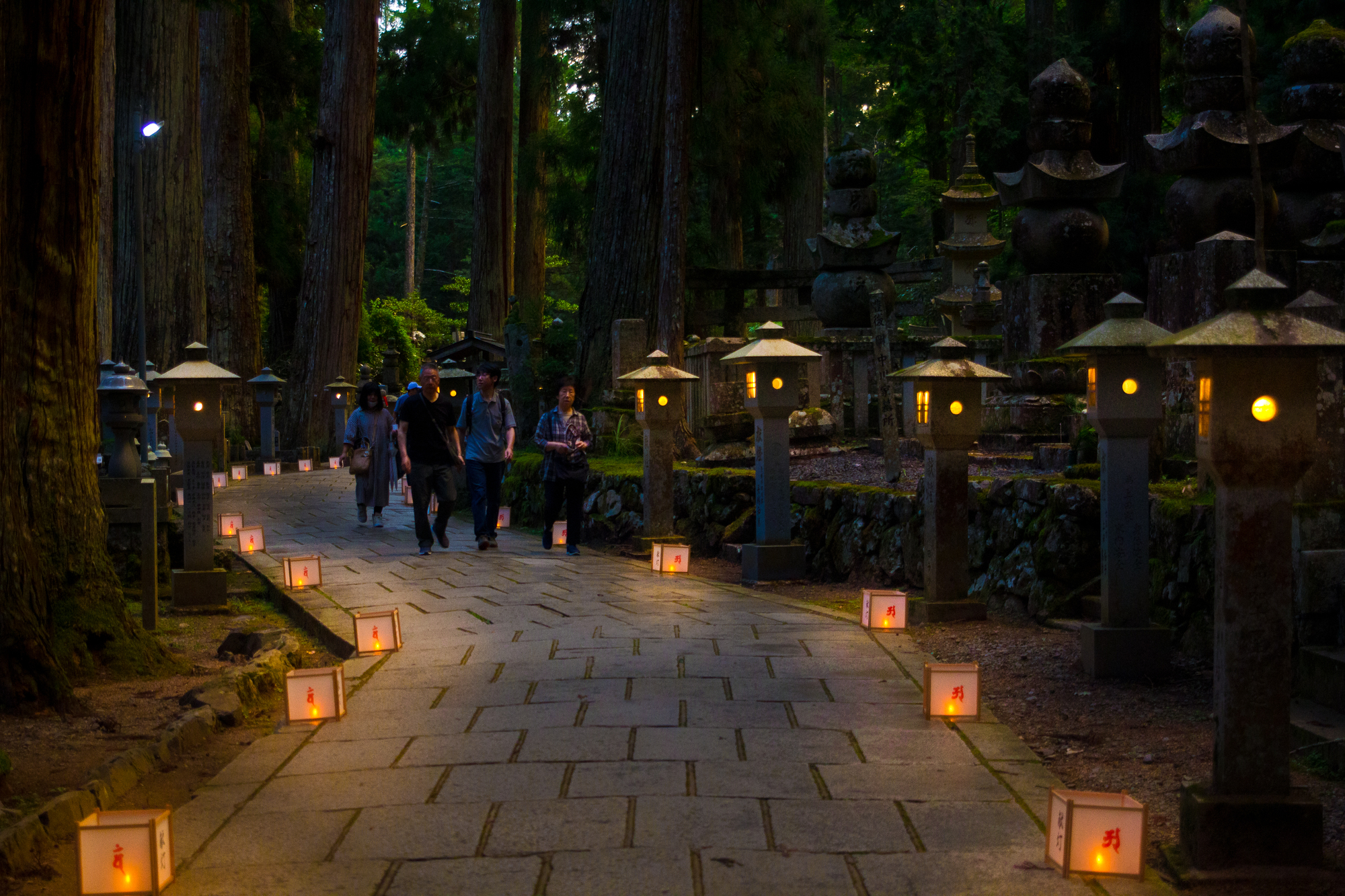
This mountaintop Buddhist community, founded in 816 CE, welcomes visitors to experience temple lodgings complete with morning meditation sessions and traditional vegetarian cuisine. The journey itself becomes spiritual—transferring from the Shinkansen to private railway lines that climb through forested mountains via tunnels and switchbacks.
The atmospheric Okunoin cemetery contains tombs spanning 1,200 years, creating a mystical environment as paths wind among ancient cedar trees and moss-covered stone monuments.
Hiroshima’s Message of Peace
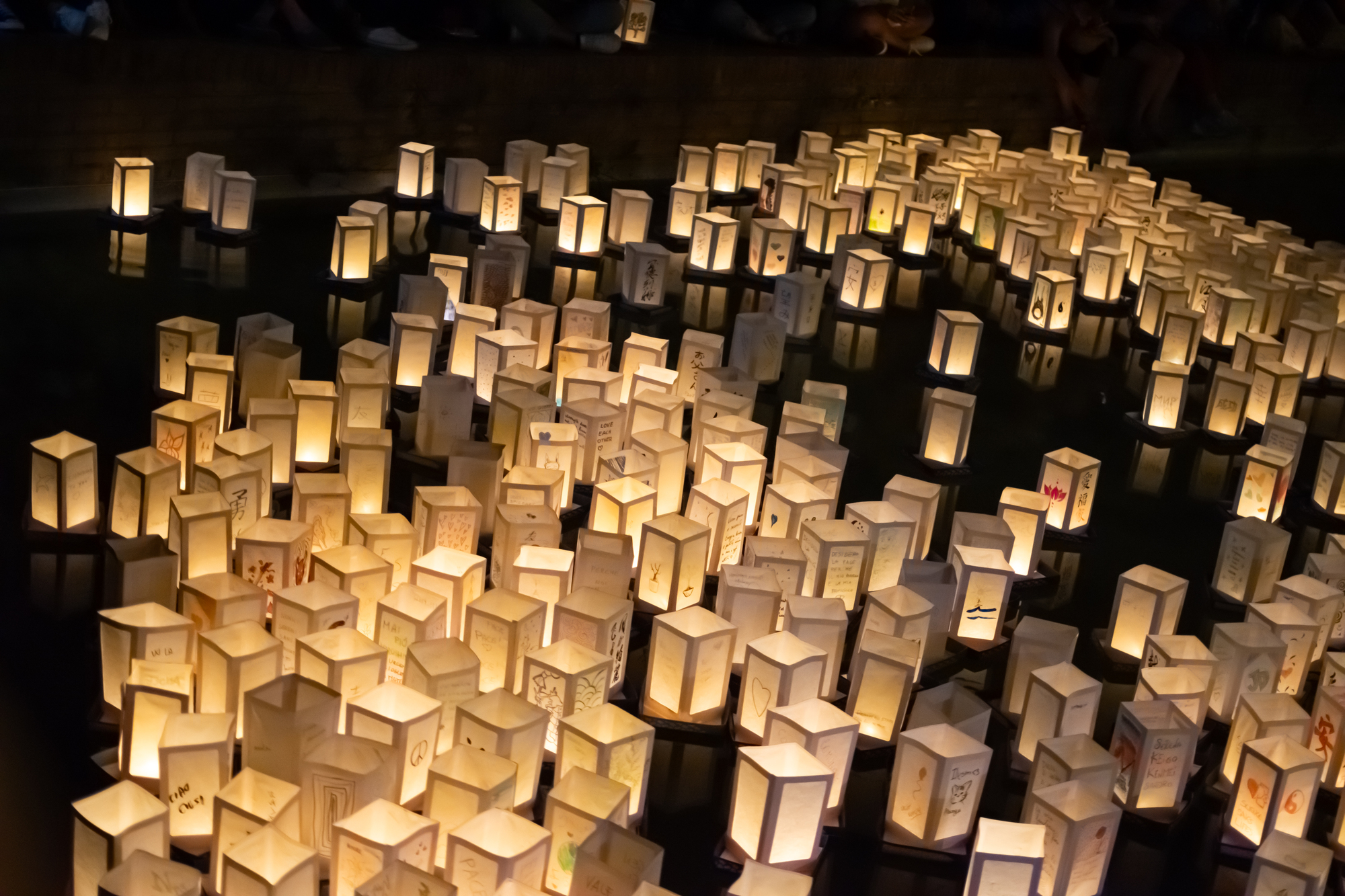
The Shinkansen transports travelers to this vibrant modern city that has transformed tragedy into a powerful advocate for global peace. The Peace Memorial Park and Museum presents the atomic bombing and its aftermath with moving personal stories and preserved artifacts.
Beyond this essential historical site, the city offers excellent regional cuisine, including Hiroshima-style okonomiyaki and oysters harvested from the nearby Seto Inland Sea.
Matsumoto’s “Crow Castle”
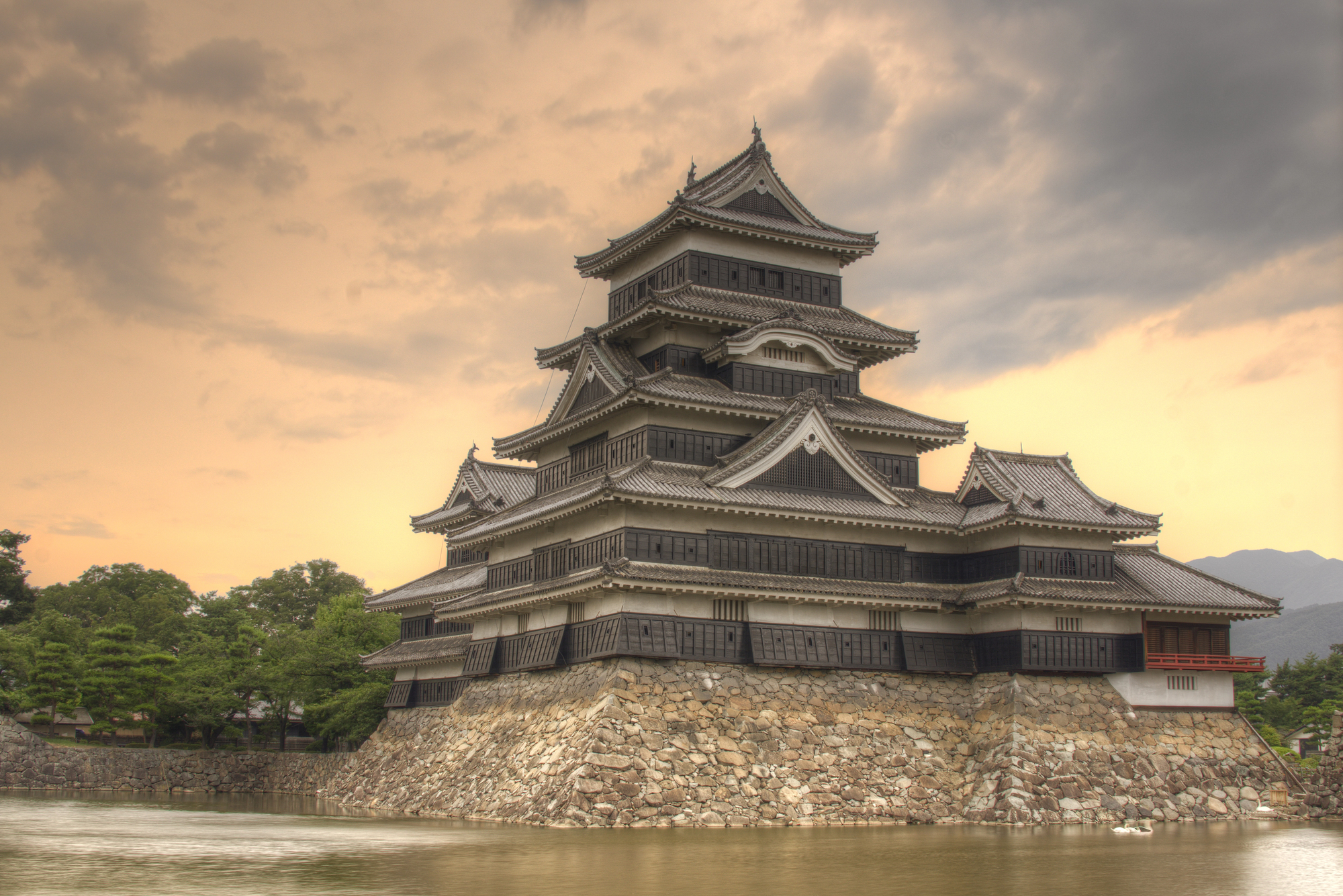
The striking black exterior of this preserved feudal fortress earned its nickname and creates dramatic contrast against mountain backdrops and cherry blossoms in spring. Unusual architectural features include steep defensive stairs and openings designed for dropping stones on attackers.
The surrounding city balances traditional craft shops with contemporary art museums, while the Japanese Alps visible from the castle tower remind visitors of the natural boundaries that shaped regional identities.
Like Travel Pug’s content? Follow us on MSN.
Kumamoto’s Reconstructed Fortress
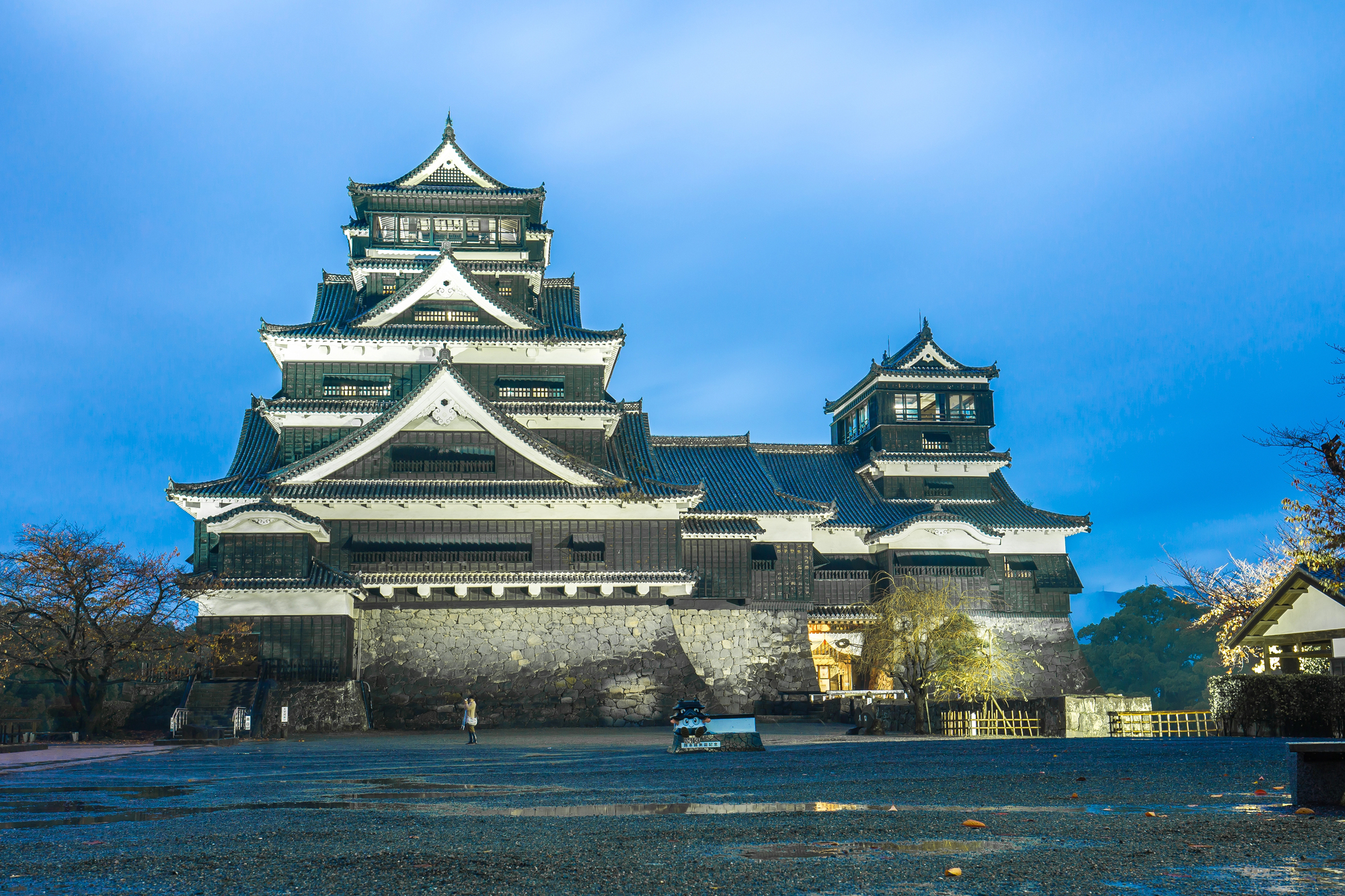
The Kyushu Shinkansen delivers travelers to this castle town where reconstruction efforts following earthquake damage in 2016 demonstrate Japanese commitment to preserving cultural heritage. The massive fortress complex once held 120 buildings and ingenious defensive features that repelled a famous samurai siege in 1877.
The surrounding city offers distinctive local cuisine, including basashi (horse sashimi), which reflects the region’s historical connections to mounted warfare.
Nara’s Ancient Buddhism

Japan’s first permanent capital, established in 710 CE, preserves temples containing some of the country’s oldest Buddhist art and architecture. The monumental bronze Buddha at Todai-ji sits within the world’s largest wooden building, while thousands of stone lanterns line pathways through Kasuga Shrine.
The city’s famous free-roaming deer are considered divine messengers, creating delightful interactions with visitors in the expansive central path connecting major historical sites.
The Railway Adventure Continues
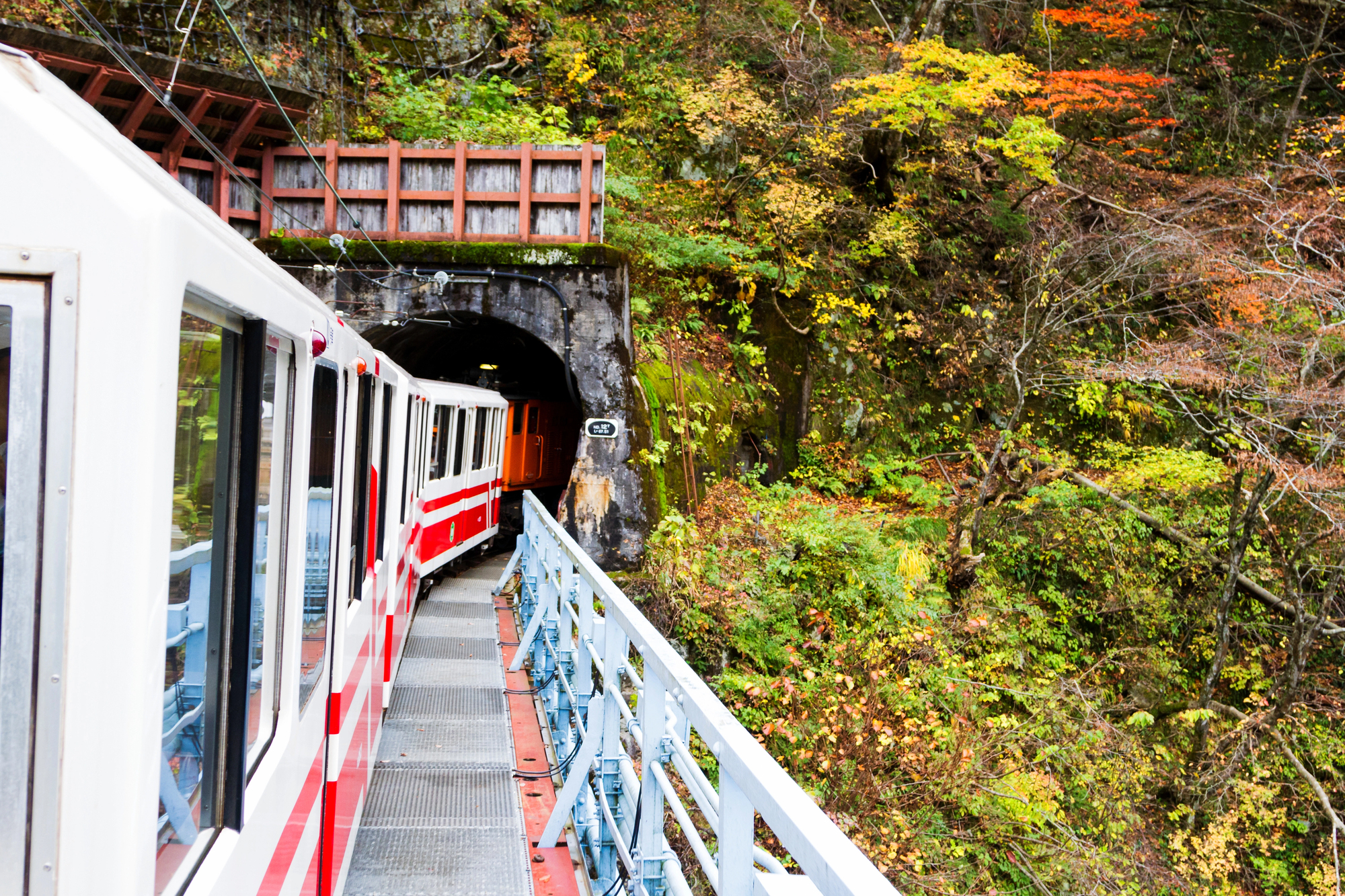
The true magic of exploring Japan by rail extends beyond these highlighted destinations to the journey itself. Bullet trains whisking through rice paddies backed by mountain silhouettes, efficient station ekiben (boxed meals) showcasing regional specialties, and the cultural choreography of boarding procedures all become integral parts of the travel experience.
The Japan Rail Pass transforms transportation from mere logistics into a core element of cultural immersion. As the train windows frame ever-changing scenes of contemporary urban life and traditional rural practices, travelers gain perspective on Japan’s remarkable balance of honoring tradition while embracing innovation—a harmony perhaps best symbolized by the shinkansen itself, racing into the future while connecting the threads of a deep cultural past.
More from Travel Pug

- Cities Growing so Fast You Won’t Recognize Them in 10 Years
- 13 Destinations Where Tourists Regularly Regret Their Trip
- 20 Obscure WWII Sites Even History Buffs Don’t Know About
- 10 Under-the-Radar Mountain Towns That Are Both Affordable and Beautiful
- 20 Abandoned Places That Feel Like Real-Life Post-Apocalyptic Movie Sets
Like Travel Pug’s content? Follow us on MSN.
